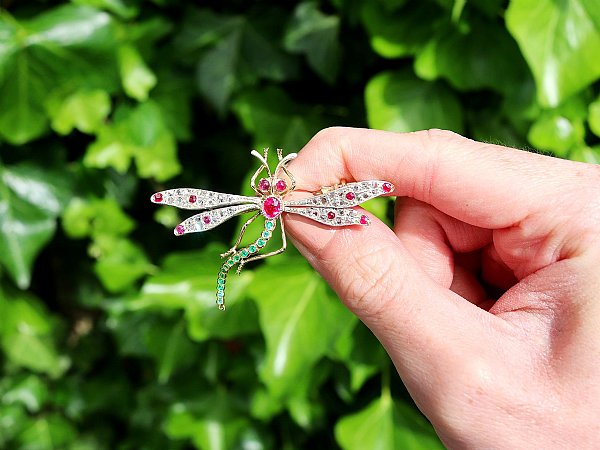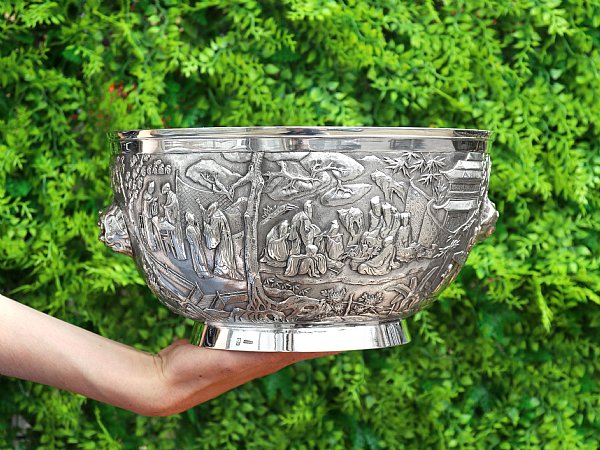Search Results for: '{{searchText}}'
Sorry...
We don't seem to have what you're looking for.
However we do have thousands of magnificent pieces of silver and jewellery available for you to view online. Browse our store using one of these categories.
Please wait for loading data... 
Browse these categories under "Silver Ladles"
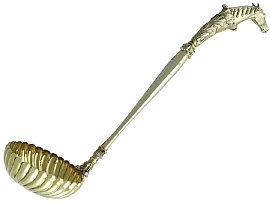
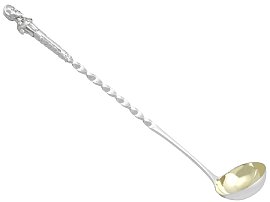
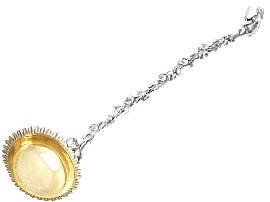
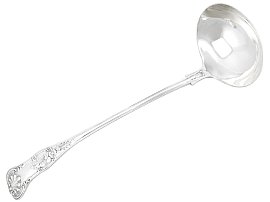
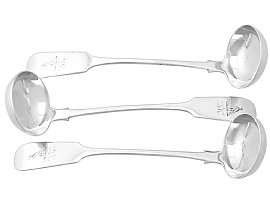
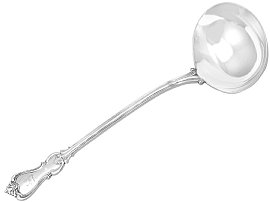
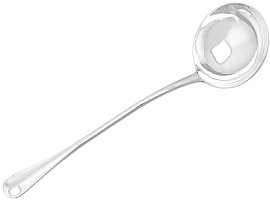
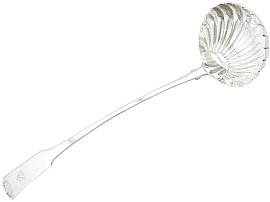
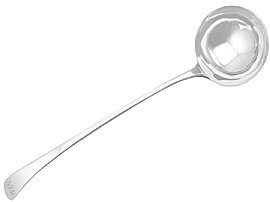
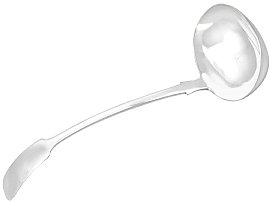
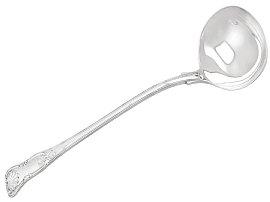
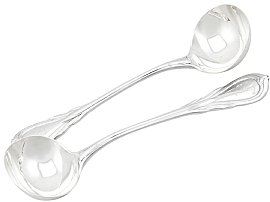
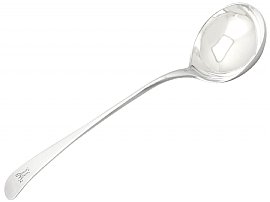
Antique Scottish Sterling Silver Gilt Punch Ladle
Price: GBP £6,950.00Antique Newcastle Sterling Silver Punch Ladle
Price: GBP £2,250.00Sterling Silver Punch Ladle - Antique Victorian (1854)
Price: GBP £1,645.00Sterling Silver Queen's Pattern Soup Ladle by William Hutton & Sons - Antique Edwardian (1901)
Price: GBP £1,595.00Sterling Silver Fiddle Pattern Sauce Ladles - Antique George IV
Price: GBP £1,445.00Sterling Silver Soup Ladle - Antique Victorian (1879)
Price: GBP £1,395.00Sterling Silver Hanoverian Rat Tail Pattern Soup Ladle - Antique Edwardian
Price: GBP £1,295.00Scottish Sterling Silver Soup Ladle - Antique George III (1814)
Price: GBP £1,295.00Georgian Newcastle Sterling Silver Old English Pattern Soup Ladle
Price: GBP £1,295.00Victorian Fiddle Pattern Newcastle Sterling Silver Soup Ladle
Price: GBP £1,295.00Sterling Silver Hourglass Pattern Soup Ladle - Antique Victorian (1837)
Price: GBP £1,145.00Sterling Silver Lily Pattern Sauce Ladles by George Adams - Antique Victorian (1854)
Price: GBP £1,145.00Newcastle Sterling Silver Old English Pattern Sauce Ladle - Antique George III
Price: GBP £995.00